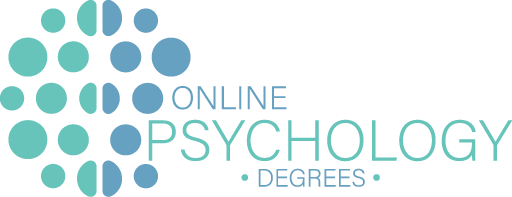Most people are familiar with the term “Ivy League University,” but some outstanding schools are classified as “Public Ivies.” What does it mean to “get an Ivy League Experience,” and how do Public Ivies compare to the private schools? There are several popular opinions on the subject.
Related resource: Top 30 Public Ivies Offering a Degree in Psychology
The Ivy League Experience
Eight schools are classified as Ivy League schools. These are the University of Pennsylvania, Harvard, Yale, Dartmouth, Colombia, Brown, Cornell and Princeton. All these schools are on the east coast. One of the most attractive things about an Ivy League education is that the schools have large endowments, and that translates to cutting-edge facilities. Another “plus” is that having the name of one of these schools on a degree virtually guarantees high employability and high salaries. It is extremely hard to get into an Ivy League university. Harvard’s acceptance rate is about six percent, and Yale’s is near seven percent. The low acceptance rate means that these schools are usually smaller and that means greater accessibility to the faculty.
So-Called “Public Ivies”
There are eight schools considered worthy of this title, and 31 more that are viewed as top-notch public universities. The eight schools include the College of William and Mary, Miami University, University of California, the University of Michigan at Ann Arbor, the University of North Carolina at Chapel Hill, the University of Texas at Austin, the University of Vermont and the University of Virginia. As is the case with private ivies, getting into these schools is not easy. The acceptance rate at identified public ivy schools ranges between 14 percent and 40 percent. While there are some small schools in this classification, most of the public universities have larger student bodies, and that usually means larger classes. There are exceptions, and students with high academic merit can apply to honors colleges within the university.
The Price Tag
The old adage says you get what you pay for. In the case of the private schools versus the public ones, that might not apply. According to an article in the US News and World Report, tuition at Yale University is about $42,000. Harvard tuition is about $41,000. In contrast, tuition at the University of Michigan at Ann Arbor is $13,437. Tuition at the University of California at Berkley is $11,767. These highly-ranked public schools come with a higher price sticker than lower-ranked public institutions but are far less expensive than the prestigious private schools. There is a caveat though. Many students at private schools can afford to pay all their expenses without aid. Because admission is low, and the schools have high endowments, good financial aid packages are awarded to students who otherwise could not afford the expense. Students who get into an Ivy League school graduate without debt. Still, few people are accepted into the schools and have access to the available aid. The US News and World Report article suggest that students either apply to a Public Ivy near them or establish residency near the university so that they pay resident tuition.
The concept of a public institution that can offer the same quality of education, the excellence of facility and technology and the same perceived value of their names on a diploma as their private counterparts is not new. According to an article in Forbes Magazine, the cost of a college education inflation rate has risen nearly 500 percent since 1985. That figure puts added emphasis on value in education. For many students, a Public Ivy education will give them that value.
